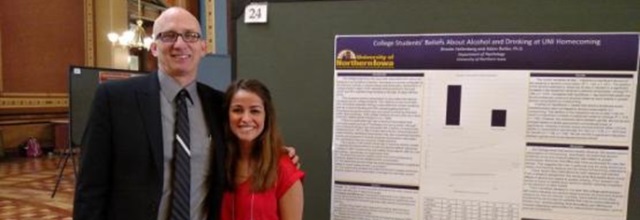Honors Program Theses
Award/Availability
Open Access Honors Program Thesis
First Advisor
David Saunders
Keywords
Bullfrog--Hibernation; Hemostatics;
Abstract
It is known that hibernating animals display a drastic reduction in metabolic rate, accompanied by reduced heart rate and rate of blood flow through vessels. Sluggish blood flow increases the risk for developing clots, yet it has been observed that hibernators conclusively display elongated clotting times. This observed impairment may be caused by the decrease in body temperature, due to a negative impact on the functioning of the enzymes involved in coagulation. Some hibernating endotherms, or “warm-blooded” animals, employ biological mechanisms as preventative means to prevent clotting during hibernation, such as the down-regulation of certain clotting factors or the production of an inhibitor. In this study, the hemostatic properties of ectotherms, or “cold-blooded” animals, were studied by comparing the clotting times of non-hibernating and hibernating American bullfrogs (Rana catesbeiana) using activated partial thromboplastin time (aPTT). It was found that blood coagulation in ectotherms is less impacted by the change in temperature than in endotherms, and that the difference in clotting time between non-hibernating and hibernating frogs could not be explained by temperature alone. Bullfrogs appear to down-regulate levels of coagulation factors XI and XII, as well as produce a non-protein coagulation inhibitor. These results suggest that hibernating ectotherms such as frogs employ similar physiological mechanisms to prevent clotting during hibernation as do endotherms.
Year of Submission
2015
Department
Department of Biology
University Honors Designation
A thesis submitted in partial fulfillment of the requirements for the designation University Honors
Date Original
2015
Object Description
1 PDF file (29 pages)
Copyright
© 2015 Kiana Cullinan
Language
EN
File Format
application/pdf
Recommended Citation
Cullinan, Kiana, "The effects of hibernation on the hemostatic properties of the American bullfrog, Rana catesbeiana" (2015). Honors Program Theses. 166.
https://scholarworks.uni.edu/hpt/166



